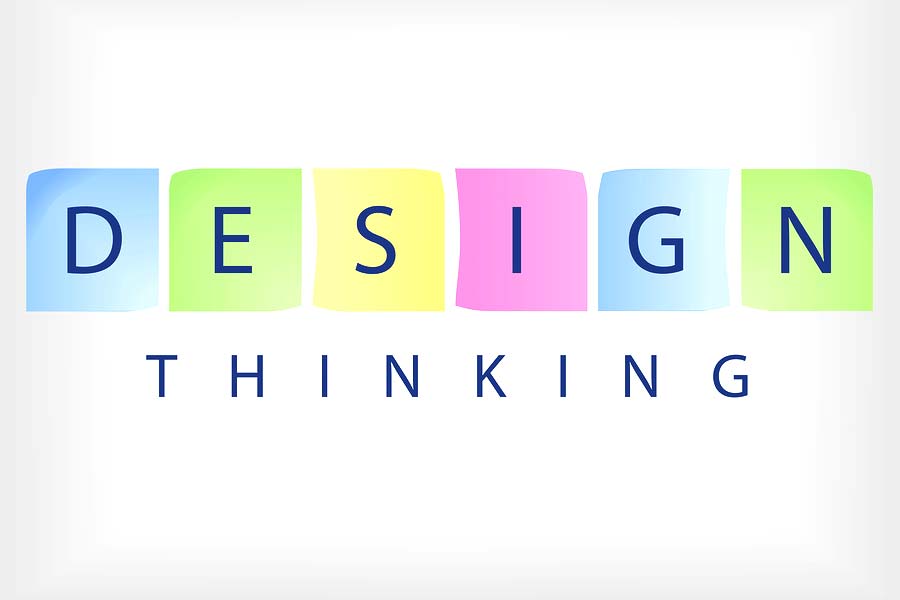Design thinking seems to be on the tongue of every educational speaker these days. What sets this method apart from most trends is that design thinking is not a singular curriculum or skillset, but a bundling of philosophies centered upon creativity and the design path. This is similar to those problem-solving paths often used in areas such as technology design.
Design Thinking Covers Three Distinct Steps
Design thinking is not so much about what a student learns, but how they progress on the path while learning. The root of the concept is empathy in problem-solving or problem-exploring while keeping other’s needs in mind. This is key in design of any product and solution-path: who needs this? What challenges do they have? How can solutions affect them?
From this point of looking beyond themselves, students analyze and prioritize what they know about a situation and its “end-users” to frame boundaries for their solutions. Finally, students confront the problem with specific ideas and prototypes to find solutions. This requires multiple approaches to a single issue to find the best path. This can feel frustrating to students who tend to think very literally or equate having a solution not selected as an absolute failure.
In the end, design thinking is not offering students a product of targeted knowledge, but a skillset that can be applied to multiple situations in both their academic and non-academic lives. This inserts an aptitude often learned only learned later in business situations into a functional classroom setting.
If you think your student might benefit from design thinking as a key to your student’s success, it’s time to explore those options with experienced staff at Lumen Learning. Let us explain how this current “trend” might greatly benefit your child for life.
.


